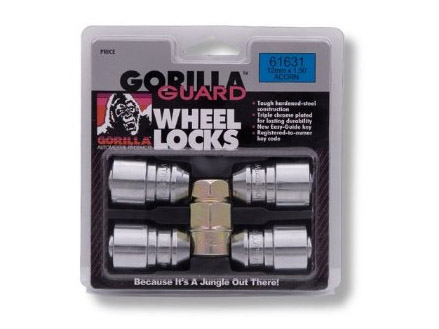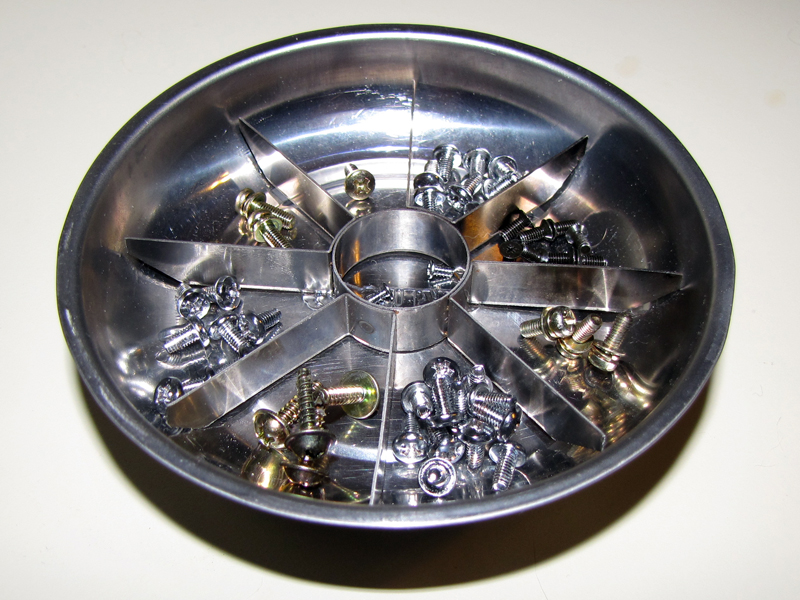
I very much want to ask Timothy W. Ryback what he did with the hair he found in the Library of Congress basement:
In the spring of 2001, when I first opened Osborn’s Berlin in the subdued atmosphere of the Rare Book Reading Room, with the muffled sounds of midday traffic, I discovered, tucked in the crease between pages 160 and 161, a wiry inch-long black hair that appears to be from a moustache An extension of the Benjamanian conceit–the collector preserved within his books, literally.
I have not yet finished Hitler’s Private Library, and it may be that, by the end of it, I will learn the fate of What Might Be Hitler’s Hair, but somehow I rather doubt it. Rybeck, a skilled humanities scholar whose talents are evident throughout the book, clearly understands the historical gravitas of discovering the hair, but so far gives no indication of having understood that the hair is more than just a symbol or a curiosity, but, like the book that contained it and the library to which that book belongs, an interesting opportunity for further historical scholarship.
Although there have certainly been dubious claims before, Rybeck seems to have at least an outside chance of having discovered an authentic sample of Adolf Hitler’s DNA. If genuine, the hair would be over 60 years old, but preserved, like the book that contained it, in a dry temperature-controlled environment for all that time. Does it have an attached follicle, one wonders? If genetic material can be recovered from the hair, the resulting analysis might provide strong evidence about whether it truly belonged to “Mr. H” himself. And if the markers are right, there is no telling what else we might learn, including, perhaps, a more authoritative answer to the question—presently hypothesized from saliva samples of a set of Hitler’s surviving relatives—of Hitler’s Jewish ancestry.










